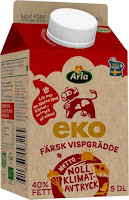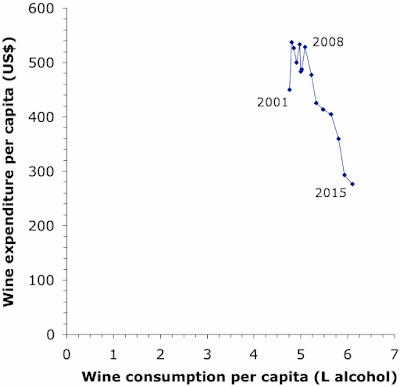Every time you turn around there is someone telling you how to avoid / cure a hangover. Apart from the obvious method (don’t drink the alcohol in the first place), there have been the usual traditional herbal remedies, as well as various behavioral strategies:
- How to cure (or prevent) a hangover
- The 6 best ways to prevent (and cure) a hangover
- 7 steps to cure your hangover
- How to get rid of a hangover + 9 home remedies
- The 10 best hangover cures (and 2 to avoid)
- 18 of the best hangover cures that actually work
However, have you ever looked at the actual scientific evidence evaluating any of these claims? Of course not! Well, in honor of the Christmas / New Year period, I have done this for you, to save you the time. (My profession was that of a biological scientist; and I taught postgraduate students about the design and analysis of scientific experiments.)
Apparently, Americans drink more during holidays, and are quite likely to feel the effects of a hangover after 3—4 drinks (33% women, 23% men) (see a recent small survey). The same survey even claimed that “many would give up social media for no hangovers”. Now, that is serious!
Actually, one occasion for looking at this is the recent release in the USA of the latest addition to these lists, that I know of, which is called Myrkl. (Yes, that is pronounced as ‘miracle’.) It is produced by a Swedish company (De Faire Medical), who claim to have spent 30 years working on it. (They do not say how many drinks that adds up to.) This claims to be a type of food supplement: “Take two pills before drinking, and feel refreshed the next day” (Myrkl, the revolutionary pre-drinking pill, enters U.S. market just in time for the festive season, following overwhelming success in the UK). I have not tried it, myself.
There have been several formal overviews of scientific publications involving experiments about this topic, including:
- Interventions for preventing or treating alcohol hangover: systematic review of randomised controlled trials. British Medical Journal (2005) 331(7531): 1515-1518.
- Unknown safety and efficacy of alcohol hangover treatments puts consumers at risk. Addictive Behaviors (2021) 122: 107029.
- The efficacy and tolerability of pharmacologically active interventions for alcohol-induced hangover symptomatology: a systematic review of the evidence from randomised placebo-controlled trials. Addiction (2022) 117: 2157-2167.
In particular, many of the suggested treatments contain one or more vitamins for which the dose exceeds the corresponding daily recommended intake level, and sometimes even exceeds what is referred to as the tolerable upper intake level. Be assured:- over-dosing on vitamins is no way to treat over-dosing on alcohol. Some products even contain NAC (What are the benefits of NAC [N-acetylcysteine]?), which is actually registered as a drug, by the US Food and Drug Administration, and is prohibited in the USA as an ingredient in dietary supplements or foods.
I am sorry to have to report this situation; but this is why you never hear of scientifically recommended hangover cures or preventions. As one of the studies concluded:
No compelling evidence exists to suggest that any conventional or complementary intervention is effective for preventing or treating alcohol hangover. The most effective way to avoid the symptoms of alcohol induced hangover is to practise abstinence or moderation.
One important issue here is that the amount of alcohol necessary to create a hangover differs greatly between people. Our bodies produce alcohol every day as a natural by-product of carbohydrate metabolism; and this is easily dealt with by the liver. However, above a certain amount the liver is overwhelmed. Alcohol then acts as a poison, maiming and eventually killing cells, especially those in the stomach and intestines (Body cells exact cruel revenge for indulging in too much holiday spirit). So, both causes and cures of the morning—after syndrome are highly individual.
One of the strongest effects of alcohol is dehydration, since dealing with it in your body causes you to urinate excessively; and so perhaps your best bet is simply to drink lots of water, along with the alcohol.
* According to the 2021 Global Drug Survey, people's biggest regrets about getting drunk are a terrible hangover, followed by saying something they wouldn't normally say, then heightened anxiety the next day, and getting into fights.













